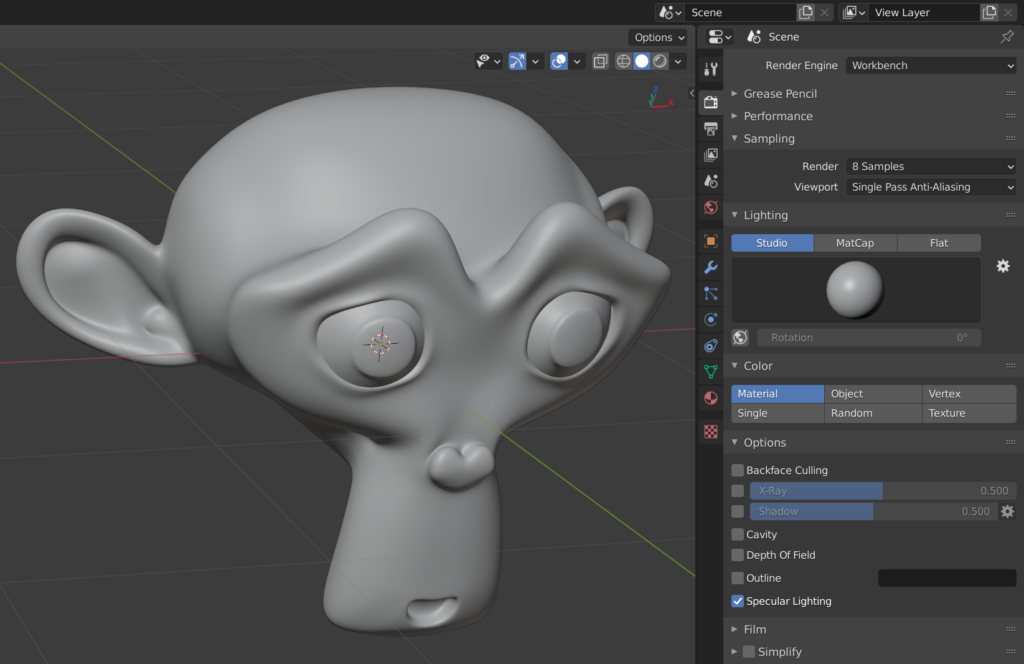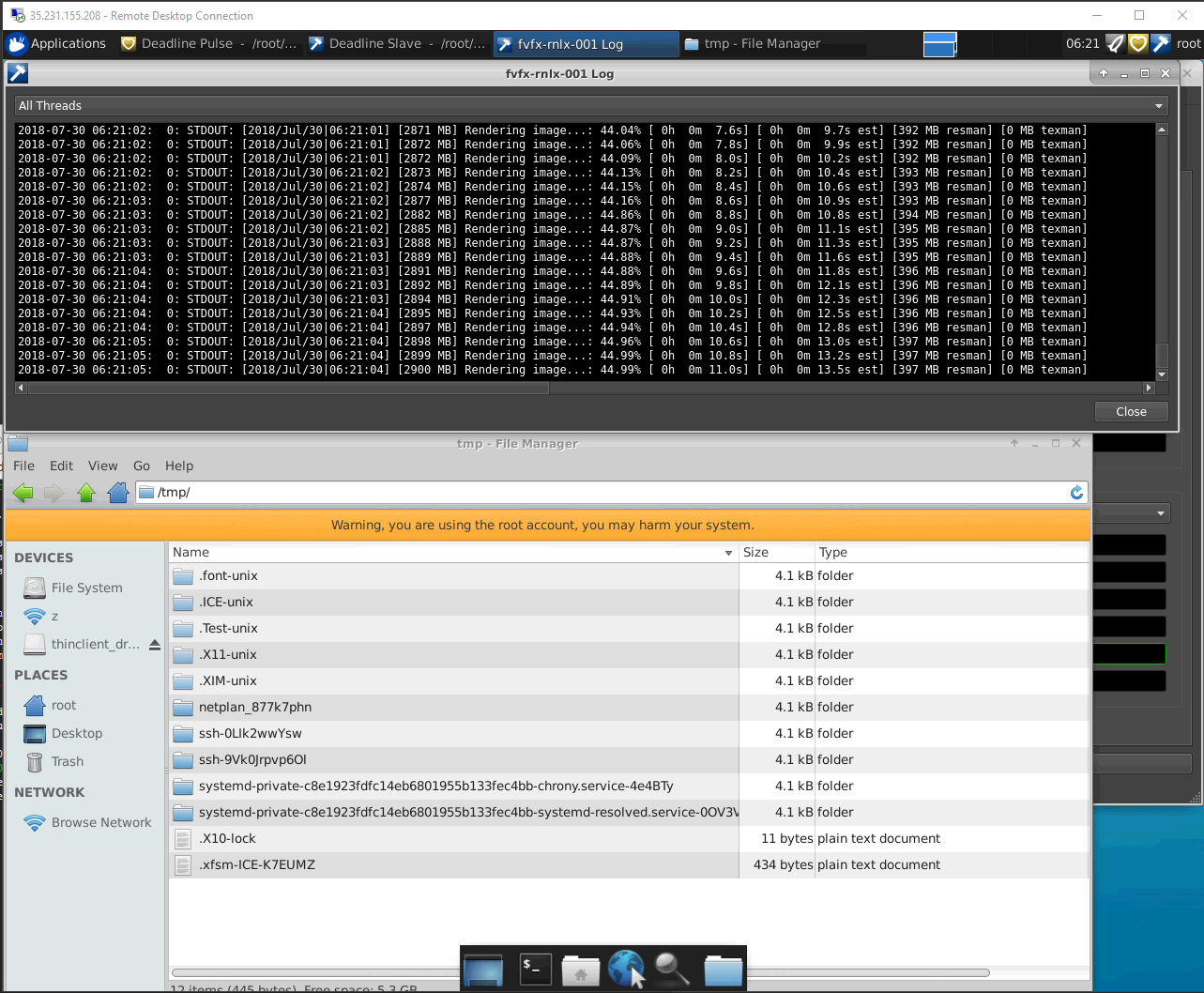
The ultimate result is some of the most impressive/accurate renders available right out of the box. When computing the render, LuxCoreRender’s design philosophy is a no-holds-barred, entirely physically correct model. LuxCoreRender, like Blender, is an open-source project. LuxCoreRender is not only one of the most powerful impartial physically-correct render engines on the market (it took over the legendary LuxRender in 2007). Another drawback is that because Octane has its shader nodes and editor, Cycles materials will not be instantly converted to OctaneRender. The plugin is a customized Blender build with the OctaneRender engine built-in, which may be inconvenient for daily-build Blender pow. “Vectron” and “Spectron”, 2 new modules allow for the display of extremely large procedural Geometries and Volumes. Out-of-core geometry has been optimized for larger scenes. Layered materials (rather than manually blending shading layers), Spectral Random Walk Subsurface Scattering, Volumetric Rendering, or Deep Pixel Rendering with full Nuke integration are just a few of the capabilities. It’s a spectrally correct, impartial render engine that takes full advantage of RTX hardware to produce accurate images at breakneck rates right in the viewport. OctaneRender was one of the first GPU rendering software to be released, and it has since become synonymous with powerful yet rapid rendering.

It also supports both Nvidia and AMD GPUs for multi-GPU rendering, as well as GPU + CPU “Hybrid” rendering with tile-stealing.

It also includes the powerful OIDN (CPU) and OptiX (GPU) denoisers, as well as numerous viewport and renders denoisers. On top of its already outstanding feature set, this makes Cycles a relatively fast path tracer, especially with the advent of OptiX-powered rendering, which allows it to take advantage of RTX cores to substantially enhance rendering performance.

The publisher regularly updates and maintains new versions, with recent work focussing on substantial optimization. Several TV and film projects used this software, including Tangent Animation’s Netflix film Next Gen.Ĭycles has powerful PBR shading nodes, realistic subsurface scattering, vector displacement, adaptive subdivision, volume scattering and absorption, caustics, crypto matter support, and more.

It’s a path-tracing engine, which means it excels at simulating the complexities of light bouncing around a scene and reacting with the many parts. Cycles is Blender’s most feature-rich and production-proven renderer. What is the best render engine for Blender? Cycles


 0 kommentar(er)
0 kommentar(er)
